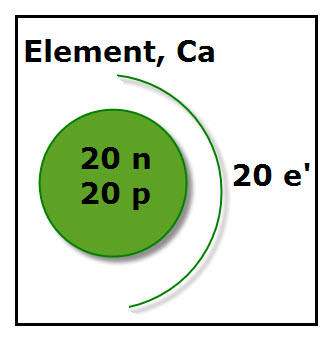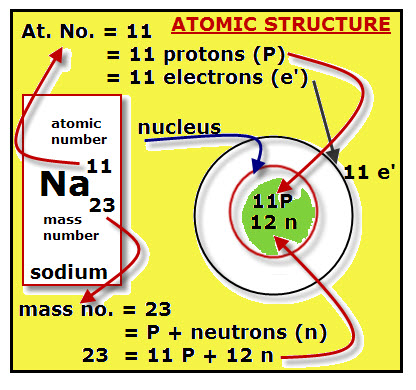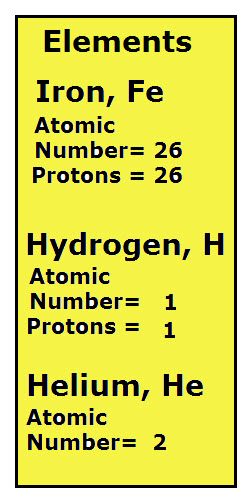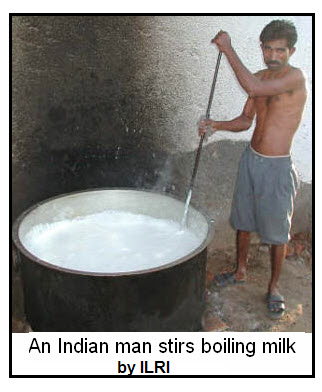An element is a chemical made up of one kind of atom. The known elements are listed on a chart called the Periodic Table. The elements are not randomly placed on the table. Instead, they are listed in order of their atomic number. Each element has its own atomic number which identifies it from all […]
Archives for 2010
Science Magic: Lifting Coin
Challenge : Using only your breath, make a coin sitting near but not over the edge of a table rise and flip without touching it. FYI: I have been successful with a penny. Yes, it can be done and it doesn’t take a hurricane wind. The secret is to blow a fast horizontal stream of […]
Bernoulli Principle
Challenge : Using only your breath, make a coin sitting near but not over the edge of a table rise and flip without touching it. FYI: I have been successful with a penny. Yes, it can be done and it doesn’t take a hurricane wind. The secret is to blow a fast horizontal stream of […]
Catalyst
This activity is a bit different. It is a magic trick used to model how a catalyst is used to combine two chemicals. A catalyst is a chemical that changes the rate of a chemical reaction, but does not become part of the product. Following is a fun way to demonstrate how a catalyst might […]
Atomic Structure
Question: What are atoms made of? Answer: Atoms are the smallest part of an element (single substances, such as copper, gold, and carbon). Atoms can be divided into two basic regions: 1. The region in the center of an atom is called the nucleus. Particles inside the nucleus are called nucleons, such as protons and […]
Atomic Particles: Worksheet
Sample Worksheet Teaching Tips 1. The diagram gives just enough information to answer the following questions if the students are familiar with these terms: atomic number, electrons, mass number neutrons, nucleon, nucleus, protons, 2. Each sample question is followed by its answer. Instructions: Using the diagram fill in the blanks for each statement. 1. The […]
Atomic Particles
ATOMIC STRUCTURE OF SODIUM The Periodic Table provides the information about every known element. In the diagram, one cell from the periodic table is shown. This is the cell for the sodium element. The contents of the cell shown are: Name: sodiumSymbol: NaAtomic Number: 11Mass Number: 23 Study the example diagram, and then fill in […]
Atomic Number
Atomic numbers are the ID numbers for all known elements. Each element has its own specific atomic number. For example, in the list of elements note that each has its own atomic number. The atomic number for an element also provides formation an element’s atomic particles. Protons Protons are the positive particles in an atom. […]
Pasteuration
Pasteurization is a process name for French scientist Louis Pasteur , who discovered the process in the 1860s that undesired fermentation caused by bacteria could be prevented in wine and beer by heating it to 135°F (57°C) for a few minutes. The process is still used for sterilization of liquids such as milk, orange juice, […]
Plant Osmosis
Plant cells are surrounded by rigid walls made of cellulose (plant fiber), but water can still move through these walls to go in and out of plant cells. This movement of water is called osmosis. When water moves into a plant cell, the cell expands, much like a balloon does when inflated. Unlike a balloon, […]
- « Previous Page
- 1
- …
- 7
- 8
- 9
- 10
- 11
- …
- 54
- Next Page »








